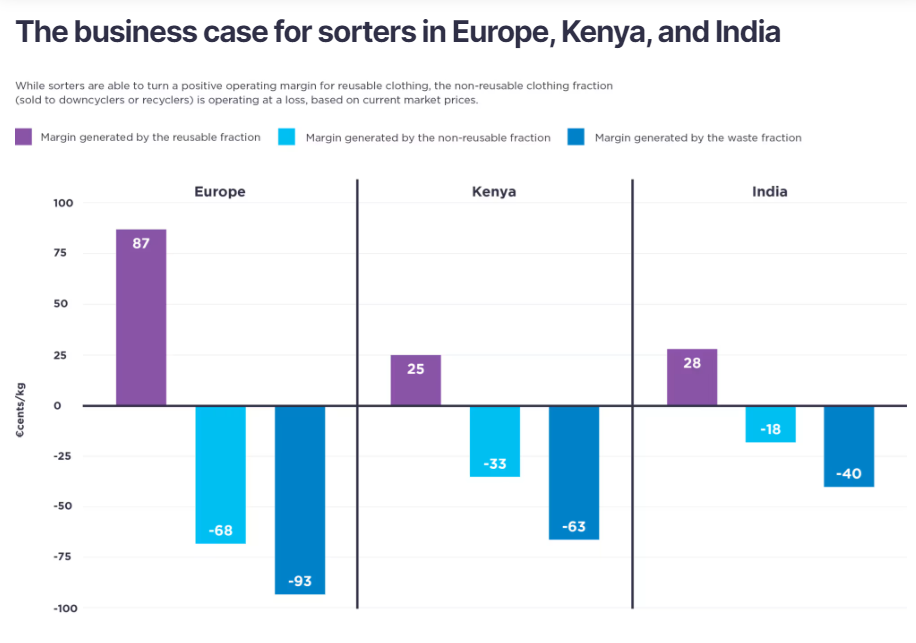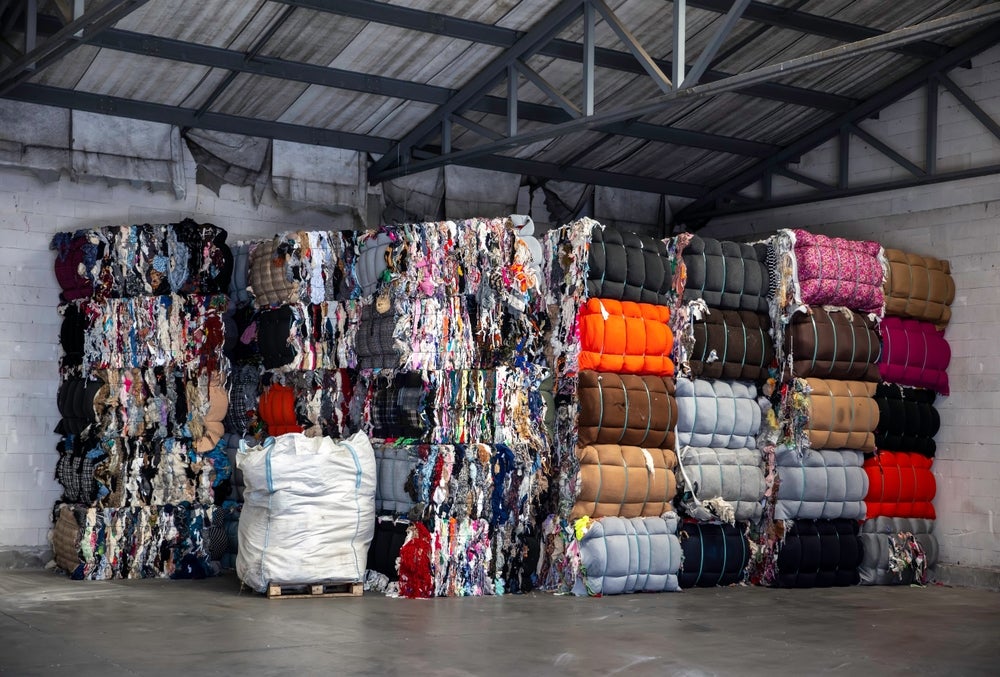The Ellen MacArthur Foundation, a charity committed to creating a circular economy, believes the key barrier to achieving circularity in textiles is the cost associated with “collecting and managing” discarded fabrics.

Leveraging EPR to deliver circular economy outcomes
According to the Foundation, EPR policy is a starting point and needs to evolve to deliver circular economy outcomes. Its report stated that today’s EPR policy leaves opportunities untapped by focusing on downstream activities, such as recycling.
The authors of the report explained: “EPR has the potential to drive action upstream, by encouraging circular design, extending the use phase of textile products, and addressing pollution impacts, such as microfibre leakage.”
The Foundation also suggested that to achieve a global circular economy for textiles, national EPR systems need to align around the same key objectives while setting targets that are tailored to the national or regional context.
In addition, the idea of extending EPR policy beyond national borders should be explored further, managing textile waste where it ultimately ends up.
Benefits of mandatory, fee-based EPR
- Dedicated, ongoing and sufficient funding for separate collection and sorting
- Attracts capital investments in the infrastructure needed to reuse and recycle at scale
- Creates transparency and traceability on global material flows
- Spurs collective action towards common targets for collection, reuse, and recycling.
The link between EPR and the circular economy lies in their shared goal of promoting sustainable practices in the apparel industry and reducing waste.
Recently, a report titled Pushing the boundaries of EPR policy for textiles (2024) explained: “A comprehensive circular economy approach is the only solution that can match the scale of this global problem. In this system, businesses contribute to supporting infrastructure in proportion to what they place on the market.”
Circularity continues to be a burgeoning theme for apparel industry
GlobalData’s apparel company filings data suggests that circularity continues to be a driving force for the apparel industry with the theme leading charts from July 2020 to July 2024.

Even though the mentions of the keyword plunged after 2022, which saw approximately 973 mentions, it continues to be a top theme in 2024 with 328 mentions to date.
Sustainability is another key trend, with 100 mentions in 2024 so far.














